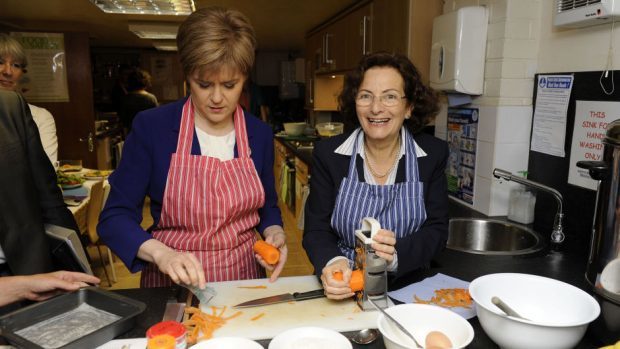The Scottish Government’s anti-poverty tsar has said taxes need to rise to tackle inequality.
Naomi Eisenstadt wants increased inheritance tax – currently set by Westminster – and increased income tax, which is partially controlled by Holyrood.
But she also believes VAT – again set by Westminster – should be cut from its current rate of 20%, while councils should be given more freedom to raise revenues.
Ms Eisenstadt, who published a report into poverty in Scotland earlier this year, said governments were reluctant to introduce radical changes to taxation because they always had an “eye on the next election”.
The Scottish Government, which is not passing on a tax cut for higher rate payers announced by former chancellor George Osborne, said its plans were making “taxation fairer”.
Ms Eisenstadt said: “The answers to inequality are about taxing the rich.
“There are lots of other answers – but that is one of the key issues.”
The anti-poverty tsar suggested tax rises were essential for maintaining high quality public services.
“When people say they want a really wonderful NHS they don’t say I want to pay more taxes for it,” she said.
“Well, I’m afraid you cannot have a really wonderful NHS unless you are willing to pay more taxes for it.”
Scottish Labour leader Kezia Dugdale said: “This is a powerful and timely intervention from the SNP government’s own poverty adviser.
“Naomi Eisenstadt could not be clearer when she calls on the SNP to use the powers of the Scottish Parliament to stop the cuts so we can invest in public services such as schools.
“Labour backs a 50p top rate of tax on the richest few earning more than £150,000 a year and investing that money in our schools.”
But the Scottish Government insisted it was making the taxation system more equitable, suggesting its changes would “protect those on low and middle incomes” while generating “extra revenue of about £1.2billion” to spend on public services.
